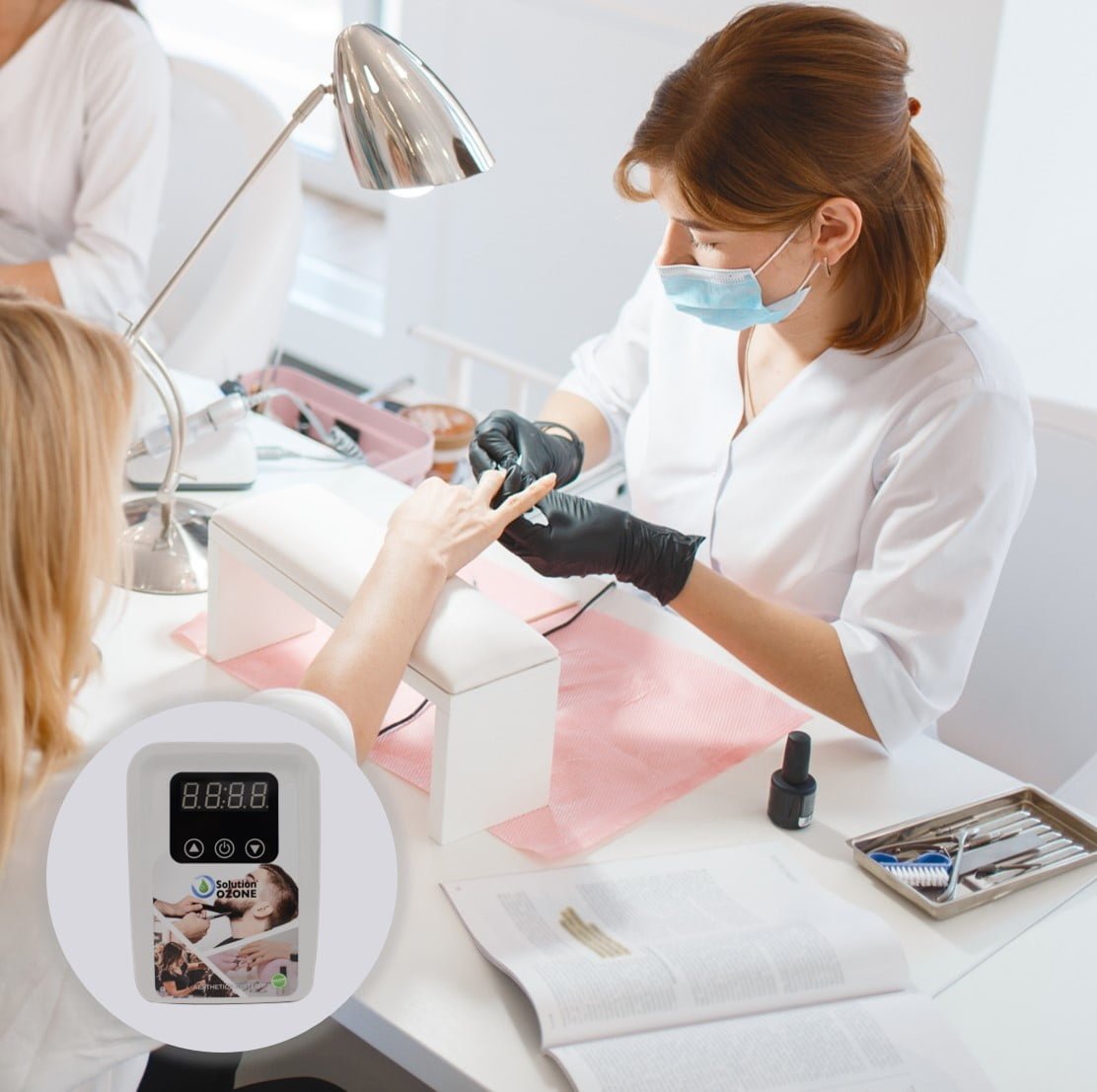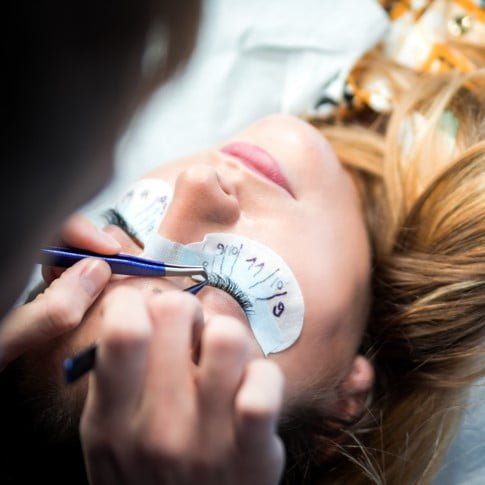Description
The Aesthetics O3 Disinfection System is indicated to disinfect tools in esthetic offices such as Hair Salons, Barbers, Manicures, Pedicures, Makeup Artists, Epil Centers, and much more.
Ozone eliminates bacteria, viruses, and any other harmful substances in a short period of time. This equipment allows the use of tools immediately after disinfection as it is a dry and 100% natural disinfection.
The ozone generator remove the bacteria and virus and prevents the spread of disease. Ozone is a powerful disinfectant that is even more effective than chlorine, with the advantage of not leaving residues and being 100% natural.
This equipment is a disinfection system, so the tools to be disinfected must be placed clean and dry to ensure better results. This is the ideal system for disinfecting tools such as brushes, combs, tweezers, files, nail pliers, brushes, scissors, among others.
Ozone is a molecule composed of three oxygen atoms (O3) and is easily absorbed by the human body. The extra molecule of oxygen present in the ozone is separated leaving only O2 which is the molecular form present in the air that one breathes.
At the same time, ozone separation allows for high oxygenation and oxidation processes, which are efficient in treating a wide variety of diseases.
Ozone (O3) is a gas, heavier than air, which by decomposition releases oxygen (O2) and monoatomic oxygen (O) which is highly oxidizing.
The ozone’s oxidizing action is responsible for the destruction of bacteria and viruses in the air inside the tools box.
Ozone tests carried out on samples with 600 CFU/m³ (CFU is the colony-forming unit used to estimate the number of viable bacteria or fungal cells in a sample) reveal the efficiency of ozone by killing most microorganisms definitively.
In the tests carried out, with a concentration of 0.5ppm of ozone, we verified an efficiency in the reduction of 70% of CFU/m³. However, these values rise above 90% when a concentration of 2.5 ppm ozone is used.
| Ozone Concentration | 0.5 ppm | 2.5 ppm |
|---|---|---|
| Before Ozonization | 600 CFU/m³ | 600 CFU/m³ |
| After Ozonization | 175 CFU/m³ | 35 CFU/m³ |
| Reduction (%) | 70% | 94% |
Note: This table refers to tests performed, so the results are approximate as they reflect average values obtained.
Remember that in high concentrations, ozone inhalation can become toxic. Therefore, it is recommended that no one is present in a room where the ozone concentration levels are above 0.1 ppm. In these situations, as a guarantee of absolute security, space must be free for 40 minutes and then people can return normally.











